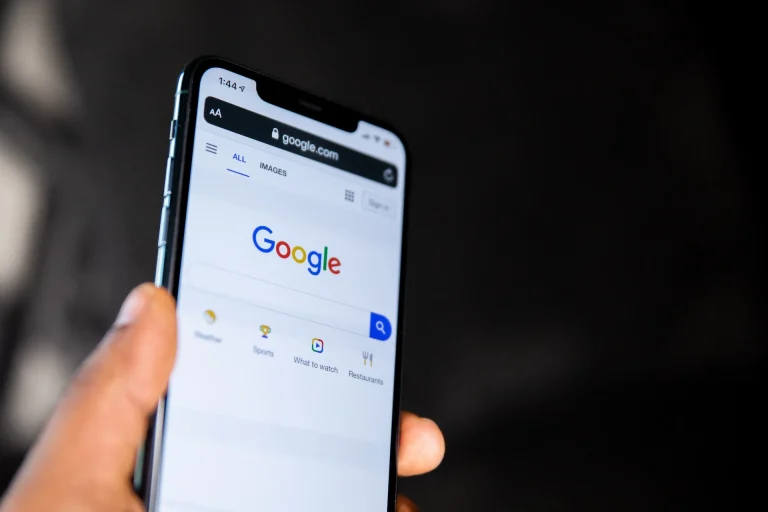Let’s face it: cold emailing isn’t much fun for anyone. From salespeople to social experts and everyone in between, cold emailing is a digital marketing element a lot of want to avoid.
However, there is no escaping it, and you may be surprised to know just how many people actually open cold emails – anywhere from 15.22% to 28.46% depending on your industry. That statistic itself may not sound so high, but considering it only takes one potential lead to make big things happen for your brand – these numbers are actually quite heartening. However, to even get close to nailing that 15.22% open rate, you have to use every trick in the cold emailing playbook to ensure potential leads don’t just see you as some template-using, sweet-talk regurgitating hack.
These are the ways to ensure your cold emails get much more than a lukewarm response.
Use a business email
This is a no brainer, use a business email. Business owners will literally scoff when they see a private Gmail address sliding into their *cough* highly important DMs. It simply looks unprofessional and you just know straight away that zero effort has gone into writing that email.
A lot of people really do not have time when it comes to cold emailing so they just create a gmail account and copy and paste to everyone. There are many organisations which off-shore this practice and then as soon as someone bites they get their sales guys to email with their business email or call them where most of the time the conversion rate is very low anyway (you guys know who you are!). It is also not fair for your sales guys. Yes I have experienced this years ago and it still angers me to this day!
Ensure, before you commence the cold, super chilly, cold email, that you at least have a business address that a potential lead will view as professional. Otherwise, you can only expect your email to remain unopened, slowly and sadly dropping its way down the list and into digital oblivion or just simply deleted.
Note: If you tried cold emailing a potential lead once using a personal Gmail account and didn’t receive a reply – do not try a follow up message – you have been ignored for a reason and should use the experience as a chance to refine your pitch (starting with a business email!).
Personalise your emails
Who hasn’t received a poorly written, template email or LinkedIn message from some person who is offering you the exact service you offer others? The lack of research and personalisation that goes into cold emailing is astounding, and is the reason why the open rate isn’t much higher than it could be.
Start with a subject line that typically includes the company and, if you have found it, the prospect’s name. This way said prospect knows you have taken the time to write what should be a personalised email detailing why they should work with you above others. Then go on to writing your cold email. Cold emails are tough, as they come with a high amount of uncertainty, but one way to at least create the potential of a warmer reception is to have researched the company and have written an email that shows this.
When business owners open a cold email to find nothing but waffle about the emailer’s services they will most likely discard the email straight away (unless they are wildly desperate for the service you are offering).
Your introduction should be no longer than three sentences, as you only have a few seconds to grab the prospect’s attention. Talk about the potential benefits the lead’s business could yield from working with you – don’t simply talk about your service’s features. Finish the email with a call-to-action, requesting something small and simple like a quick response that could, of course, lead to a larger conversation. Finish with a quality from line and you have created a possible cold email winner.
If you have gone through the effort to personalise your email then a follow up email or even a phone call is normally ok. However, don’t keep on pestering if you do not get a response. If people are not interested, even if you offer a great service, nothing is going to change.
Note: Keep your cold email short, as you really only have a few seconds to grab the prospect’s attention, and if they see what looks like the Infinite Jest of cold emails attacking them with all their wordy glory – they are going to discard your email like all that effort was nada.
So, in a nutshell, the key takeaways from this post
[row ]
[col span=”1/2″ ]
What do when sending cold emails
- Use a business email
- Research the business you are reaching out to
- Address the person correctly in the email
- Customise every single email based on who you are sending it to
- Follow up after a few days once or twice max
[/col]
[col span=”1/2″ ]
What not to do when sending cold emails
- Do not use a gmail for other free email
- Do not assume all businesses will be the same
- Do not start of the email with something like “hello dear” or “hello good sir”
- Do not copy and paste you email and send to everyone
- Do not follow up multiple times a day – since you made zero effort when writing the email you are not entitled to even follow up once.
[/col]
[/row]
These are the simple rules to writing a quality cold email. Of course, they differ from lead to lead, but this is a basic framework of how to get your email opened and not brutally ignored. Remember, do not be so inconsiderate with spamming. You are wasting your time and everyone elses.
Keep up to date on the latest trends in the digital world when it comes to all things marketing and businesses.











